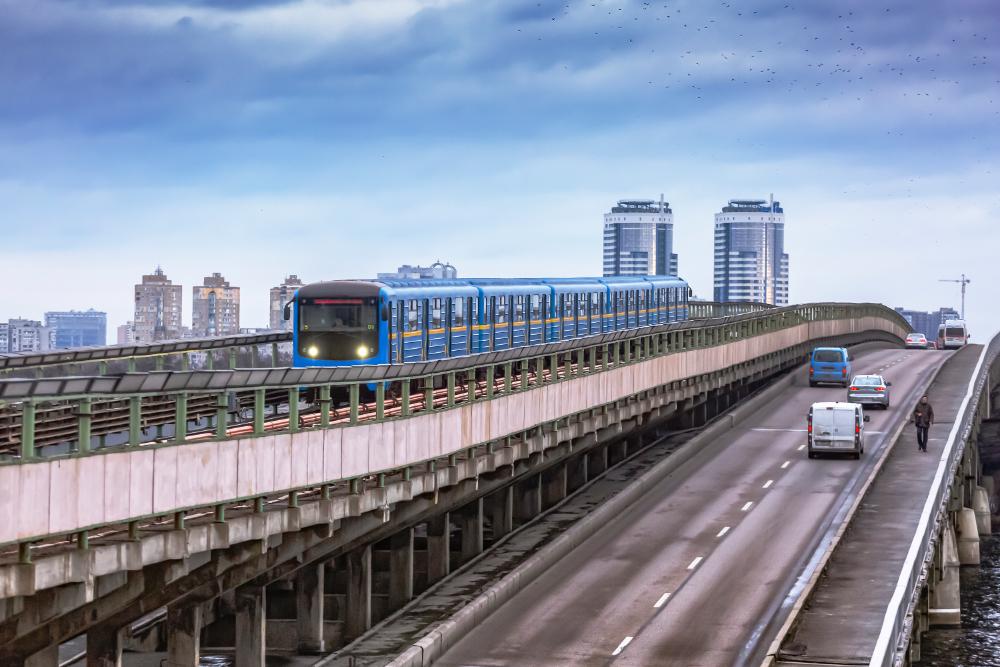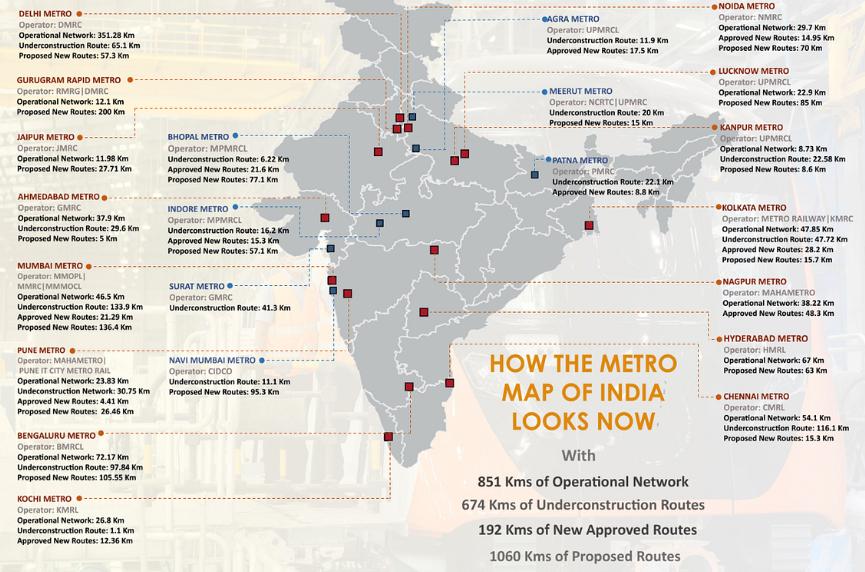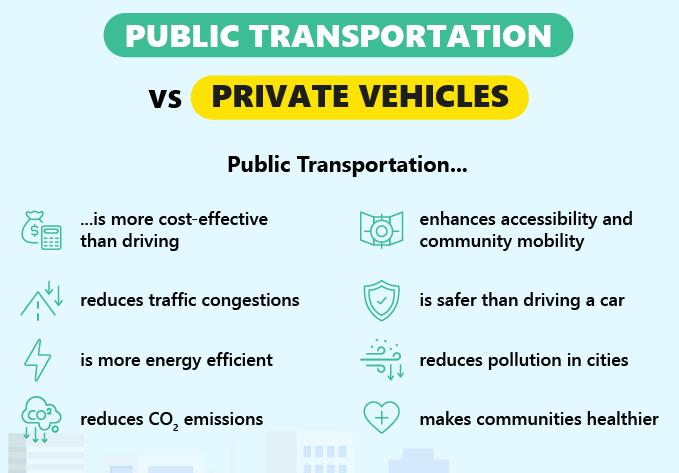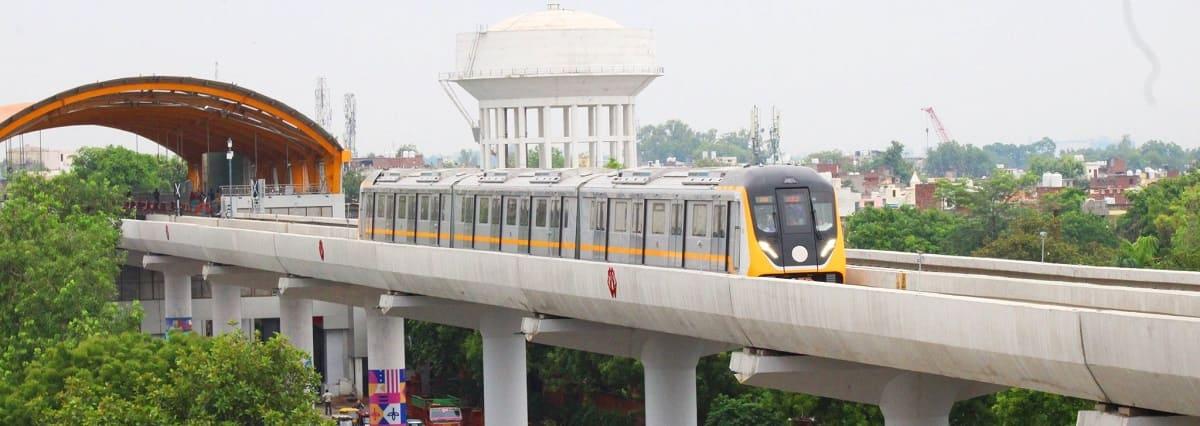




Table of Contents
- Introduction
- Benefits of Metro Rail for Cities and Residents
- Conclusion
- Faq's
Introduction
As urban populations continue to grow, cities worldwide face challenges like traffic congestion, pollution, and inefficient public transport. Metro rail systems provide a modern, sustainable, and efficient solution to these issues, enhancing connectivity and improving the quality of urban life. By reducing reliance on private vehicles, metros contribute to cleaner air, lower travel times, and overall economic development.

Benefits of Metro Rail for Cities and Residents
1. Reduces Traffic Congestion
One of the biggest urban challenges today is traffic congestion. Roads in major cities are often packed with vehicles, leading to long commutes, increased fuel consumption, and higher stress levels. Metro rail systems provide a high-capacity transport solution that moves thousands of passengers per hour, reducing the number of private vehicles on the road. This results in smoother traffic flow, faster travel times, and lower road maintenance costs for cities.

2. Environmentally Sustainable
With climate change and air pollution becoming critical concerns, metros offer a greener alternative to traditional transport systems. Since metro trains operate on electricity, they significantly cut down carbon emissions compared to petrol- or diesel-run vehicles. A single metro train can replace hundreds of cars on the road, reducing greenhouse gas emissions and improving air quality. Additionally, modern metro systems are incorporating renewable energy sources such as solar panels and regenerative braking systems to further enhance sustainability.
3. Cost-Effective and Time-Saving
Metro rail is one of the most cost-effective means of urban transport. While the initial infrastructure investment is high, the long-term benefits far outweigh the costs. Metro services offer affordable fares compared to fuel and maintenance expenses of private vehicles. Additionally, metros operate on fixed schedules, ensuring predictability and punctuality. Unlike buses or cars stuck in traffic, metro rail follows a dedicated track, allowing passengers to reach their destinations faster without unexpected delays.
4. Enhances Urban Development and Real Estate Growth
The presence of a metro rail network often boosts urban development. Areas around metro stations witness increased commercial activity, rising real estate values, and higher demand for residential spaces. Improved accessibility attracts businesses, shopping malls, and office spaces, fostering economic growth. Many cities worldwide have seen a sharp increase in property prices near metro corridors, making them prime locations for investors and homeowners.
5. Increases Road Safety and Reduces Accidents
With fewer vehicles on the road, the likelihood of road accidents decreases significantly. Metro rail provides a safer mode of transportation by eliminating risks associated with reckless driving, road rage, and vehicle breakdowns. Well-maintained metro infrastructure, advanced signaling systems, and dedicated tracks ensure passenger safety, making it a reliable alternative to road-based travel.
6. Encourages Public Transport Usage and Reduces Fuel Dependency
Efficient and reliable metro services encourage people to switch from private vehicles to public transport. This shift reduces fuel consumption, decreasing dependency on fossil fuels and helping cities lower their oil import bills. Countries that have invested in metro rail networks have reported a significant decline in petrol and diesel consumption, leading to both economic and environmental benefits.

7. Boosts Economic Growth and Employment Opportunities
Metro rail projects play a crucial role in economic development by generating direct and indirect employment opportunities. From construction and maintenance to station management and operational staff, metros create thousands of jobs. Additionally, improved connectivity enhances business productivity, making it easier for people to commute to work, access commercial hubs, and contribute to economic activity. The rise of metro-driven urban centers further attracts investments and enhances a city's global competitiveness.
8. Provides a Comfortable and Convenient Travel Experience
Metro systems are designed for modern commuting needs, offering air-conditioned coaches, well-maintained stations, and seamless digital ticketing. With smart cards, mobile ticketing, and cashless transactions, metros provide a hassle-free experience. Many systems also offer dedicated seating for senior citizens, women, and differently-abled passengers, ensuring inclusivity and comfort. Unlike crowded buses and unpredictable cab fares, metro rail offers a stable, stress-free journey.
Conclusion
Metro rail is not just a mode of transport; it is a catalyst for urban transformation. It enhances mobility, reduces congestion, promotes sustainability, and drives economic growth. As cities expand, investing in metro infrastructure becomes essential for a smarter, more connected, and eco-friendly future. By integrating metros with other public transport options, cities can create seamless, efficient, and sustainable transit systems that benefit residents and businesses alike.

explore further
Latest from Location Reviews
More from Recommendations
Resources
Dwello, for every home buyer, is a way to go from 'I feel' to 'I know', at no extra cost.




